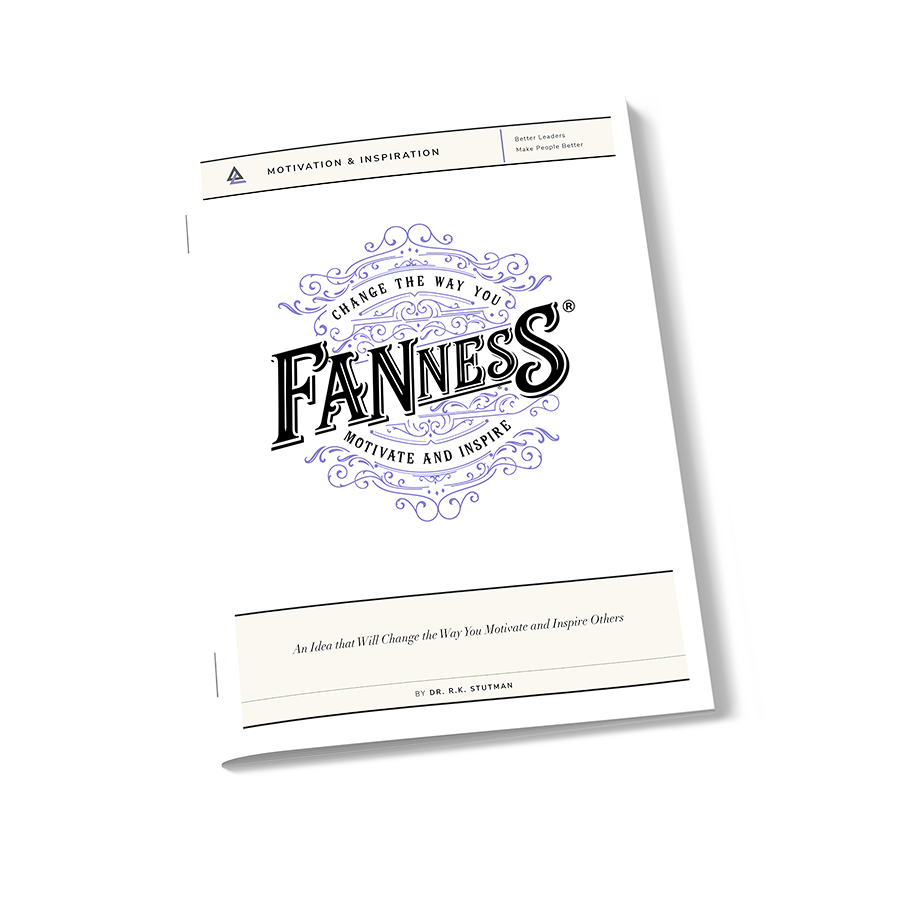Leaders and team members no longer stay in the same seats for very long. They change jobs or roles on average every four years or so.
For teams that depend on stability, that’s a lot of movement.
When most of those changes are a function of promotion or increased responsibility, organizations thrive.
But when leaders and team members leave the enterprise for other pastures, high performance is difficult to achieve and sustain.The challenge for leaders is how to retain the best talent over the long haul.
Understanding why people are typically so restless is a good place to start. As a general rule, team members begin considering a change when one of two conditions exists for them.
Either they are being asked to do too much or too little. In other words, they are either challenged beyond their comfort zone, or they aren’t challenged enough to grow.
Scaffolding those who perceive too much push through coaching, training, and peer support can help to retain those who feel overwhelmed, but losing these team members isn’t always a bad outcome.
Those with a great attitude but a skill deficiency are worth the effort, but those lacking in both should be encouraged to take their limited skills elsewhere. The most talented team members are those who commonly desire to be pushed and challenged, and good leaders do their best to retain them by providing just that.
In particular, good leaders deploy three retention strategies to keep these team members satisfied and committed to the enterprise. Because high talent is attracted to and benefits from other high talent, good leaders seek out opportunities to expose, connect, and couple the most talented team members.
The more time highly talented team members spend with exceptional others, the stickier they are to the enterprise. High-talent team members also desire feedback.
They look for information that can propel them forward and fast-track their development. So, again, good leaders give them what they want. In addition to performance reviews and ongoing feedback, innovative leaders find insightful diagnostics, assessments, and skill challenges to uncover the observations that will spur their growth.
Of course, high talent craves opportunities to both prove themselves and challenge their skills while providing new insights and learnings. Good leaders comply and feed them a steady diet of challenges, tests, and gauntlets designed to push them forward.
Great organizations don’t accept the idea that the world has changed, and that they can no longer keep their best talent over the length of a career. They fight the expectations team members have of always moving to the next thing by giving them a great thing now.
For those of high talent, the recipe is more than just keeping them busy. They want a high bar and a leader who is looking for new ways to raise it.

Talent Retention in a World of Fast Movers
Sign-up Bonus
Enter your email for instant access to our Admired Leadership Field Notes special guide: Fanness™—An Idea That Will Change the Way You Motivate and Inspire Others.
Inspiring others is among the highest callings of great leaders. But could there be anything you don’t know, you haven’t heard, about how to motivate and inspire?
Could there really be a universal principle that the best leaders follow? A framework that you could follow too?
There is.
Everyone who signs up for Admired Leadership Field Notes will get instant access to our special guide that describes a powerful idea we call Fanness™ (including a special 20-minute video that really brings this idea to life).
